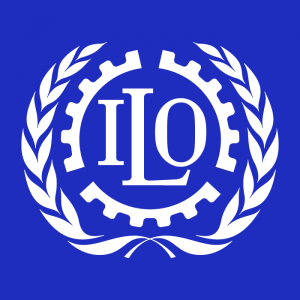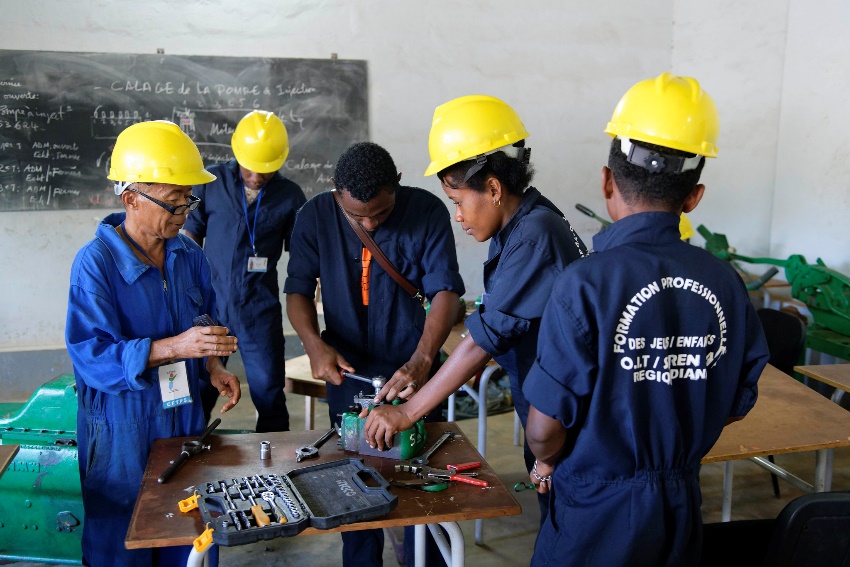Industry leadership in human resources development in Myanmar
Industry leadership in human resources development in Myanmar
The International Labour Organization is the tripartite U.N. agency that promotes Decent Work through employment, social security, labour standards and social dialogue. Its work on skills development is guided by the conceptual framework on Skills to improve productivity, employment growth, and development agreed in 2008 by representatives of Governments, Employers’ Associations and Workers’ Associations. Research, policy advice, and pilot projects and technical cooperation programmes to apply good practices in different circumstances across its 185 member States aims to boost the employability of workers, the productivity and competitiveness of enterprises, and the inclusiveness of economic growth. The ILO Secretariat in offices in 40 countries works with Ministries of Labour, employers’ organizations, and trade unions to integrate skills development into national and sector development strategies in order to better meet current labour market needs and to prepare for the jobs of the future; to expand access to employment-related training so that youth, persons with disabilities and other vulnerable groups are better able to acquire skills and secure productive and decent work; and to improve the ability of public employment services to provide career guidance, maintain labour exchange services, and deliver active labour market programmes.For more information regarding the ILO’s work on skills and employability go to: http://www.ilo.org/skills/lang--en/index.htm; for ILO/Cinterfor's Knowledge Management Plarform, see: http://www.oitcinterfor.org
Anticipating and building skills for the future is essential to a rapidly changing labour market. This applies to changes in the types and levels of skills needed as well as in occupational and technical areas. Effective methods to anticipate future skills needs and avoid potential mismatches include: sustained dialogue between employers and trainers, coordination across government institutions, labour market information systems, employment services and performance reviews of training institutions.
Slug
anticipating-and-matching-skills-needs
Matching skills to labour market demand requires reliable sectoral and occupational information and institutions that connect employers with training providers. Sector based strategies and institutions have proved effective in engaging all stakeholders in promoting both pre-employment training and life-long learning.
Working papers, reports, and other publications from international organizations, academic institutions and bilateral agencies. Research findings to stimulate informed debate on skills, employment and productivity issues.
Emerging from decades of economic, social, and political isolation, Myanmar today shows potentials for advancing with a new developing paradigm based on inclusive growth and poverty reduction. Having embarked on an ambitious program of sweeping reforms to progressively integrate its economy with the global system, Myanmar is facing a period of transition which is inevitably characterized by challenges and opportunities.
To catch up the rapid growth, skill development is the crucial link to improve productivity, employment growth and socioeconomic development. The ILO Recommendation on Human Resources Development Recommendation 2004 (No. 195) provides guidance on the content of effective skills policies and systems. In 2009, the ILO drew on the agreed framework with the G20 Leaders to develop a training strategy to support innovation and growth. Countries that have succeeded in linking skills to productivity, employment and development have targeted three main objectives: matching supply to current demand for skills; helping workers and enterprises adjust to change; and anticipating and delivering skills needed in the future in order to sustain a dynamic development process.
This working paper discuss industry leadership of human resources development in Myanmar. It analyses the current supply of qualified human resources in Myanmar, mismatch between demand and supply by sector, as well as growth trends, investment climate and current policies and legislation. The paper provides recommendations to help narrow the gaps identified.
Countries and territories:
























